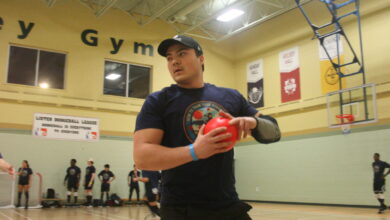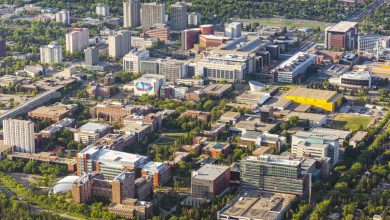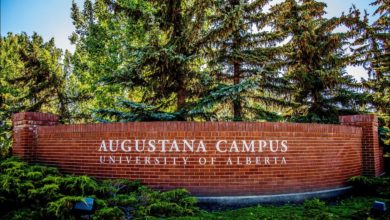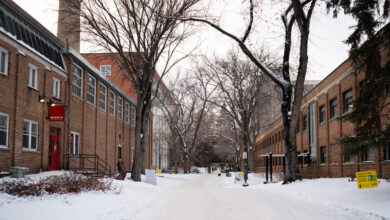Ugandan dentists cut their teeth at U of A’s School of Dentistry
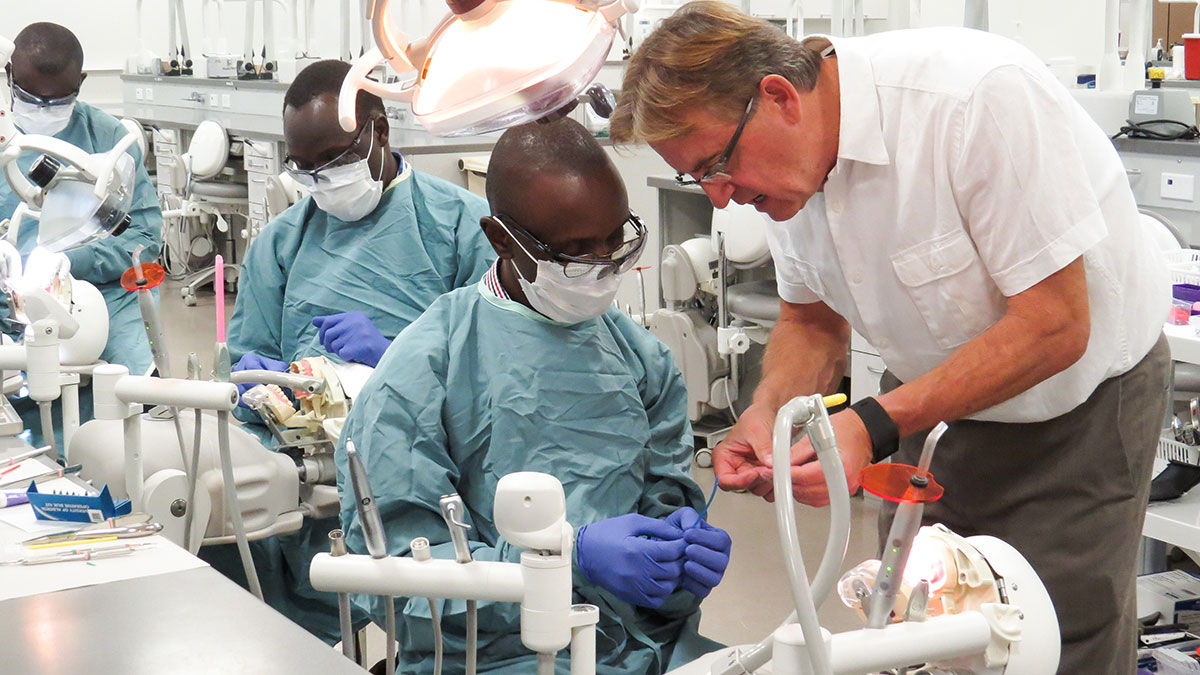 Supplied
SuppliedThough it involved flying halfway around the world, eight dental workers from Uganda jumped at the chance to be hosted at the University of Alberta and NAIT in September.
The party from Uganda, which included four dentists and four dental health officers spent a week refreshing their knowledge, learning new techniques and brainstorming dental health programming with members of the School of Dentistry.
As founder of the nonprofit “Adopt an African Clinic” organization, U of A alumnus Drew Cahoon has worked for years to build dental clinics throughout Africa. In partnering with the Rotary Association, Cahoon was able to get a vocational grant to bring the team of dental professionals to the university.
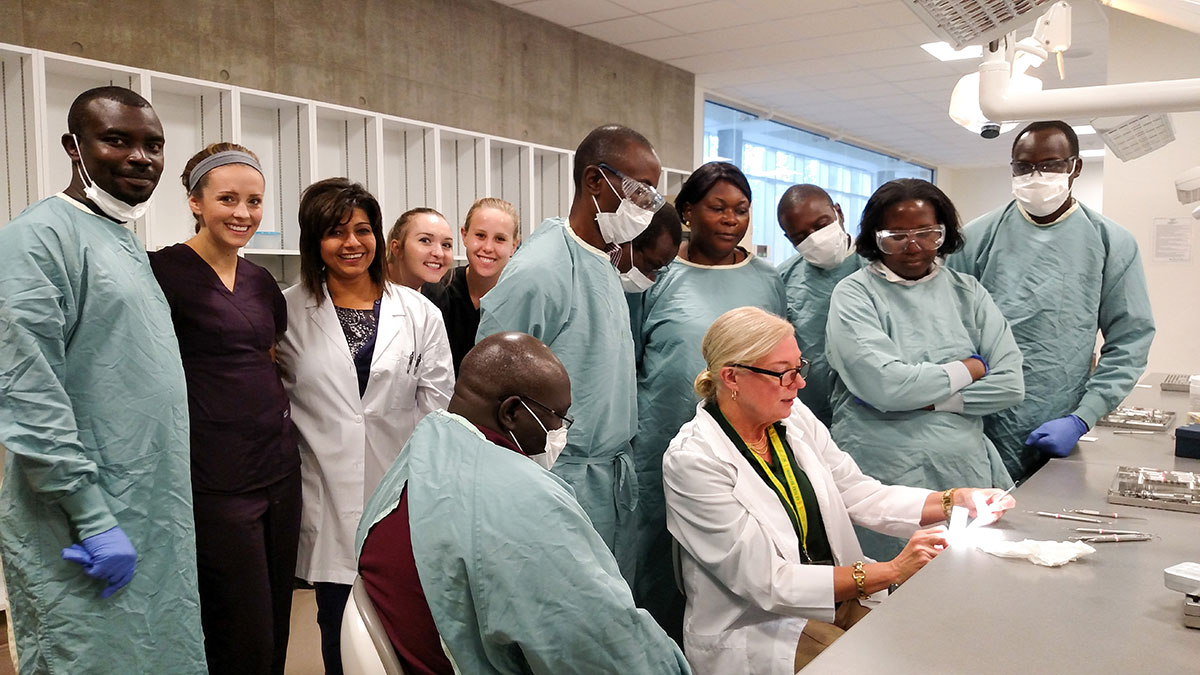
“We’ve had a group of our faculty who have helped support the development of these clinics,” Patterson said. “So we’ve been involved in a variety of ways.”
According to Patterson, the most profound problem with dental care in Uganda is lack of practitioners.
“In Canada, we have over 20,000 dentists, or one for every 1,700 people or so,” Patterson said. “In Uganda, they have one for every 110,000 citizens. There’s only 350 dentists for their whole population.”
Due to this lack of trained practitioners, the Ugandan dentists primarily practice emergency procedures. Patterson said that most procedures performed by these dental workers were emergency extractions, and consequently they had little practice in preventative dentistry.
“One goal of the program was to provide an update and some refresher training on preventative procedures,” Patterson said. “We wanted to show them the perspectives we have as a North American dental school.”
The delegation spent time not only at the U of A dental simulation lab, but also several days at NAIT’s dental facility. Both these experiences were meant to improve their skills in delivering restorative and preventative procedures.
However, Patterson recalled that one of the most profound learning experiences the dentists had came on a trip to a First Nations reserve rather than in the classroom.
“We do outreach programs in the province surrounding prevention of dental disease,” Patterson said. “They want to do more of that in their country; they want to maximize benefit to their countrymen with a very limited workforce.”
Assisting in the establishment of such a program in Uganda is expected to be a high priority in a return exchange planned for late next year. A delegation from the U of A is anticipating a trip to Africa to work in the same clinics their Ugandan counterparts do, and will look to put new protocols in place. Until then, the School of Dentistry will continue to establish links with the health care providers in Africa.
“We do have opportunities for students to go on a ‘dental mission,’ and we have just started sending them to Africa,” Patterson said. “In the long term, I suspect we’ll just collaborate [with dentists in Uganda] as colleagues do across the world, helping each other out.”
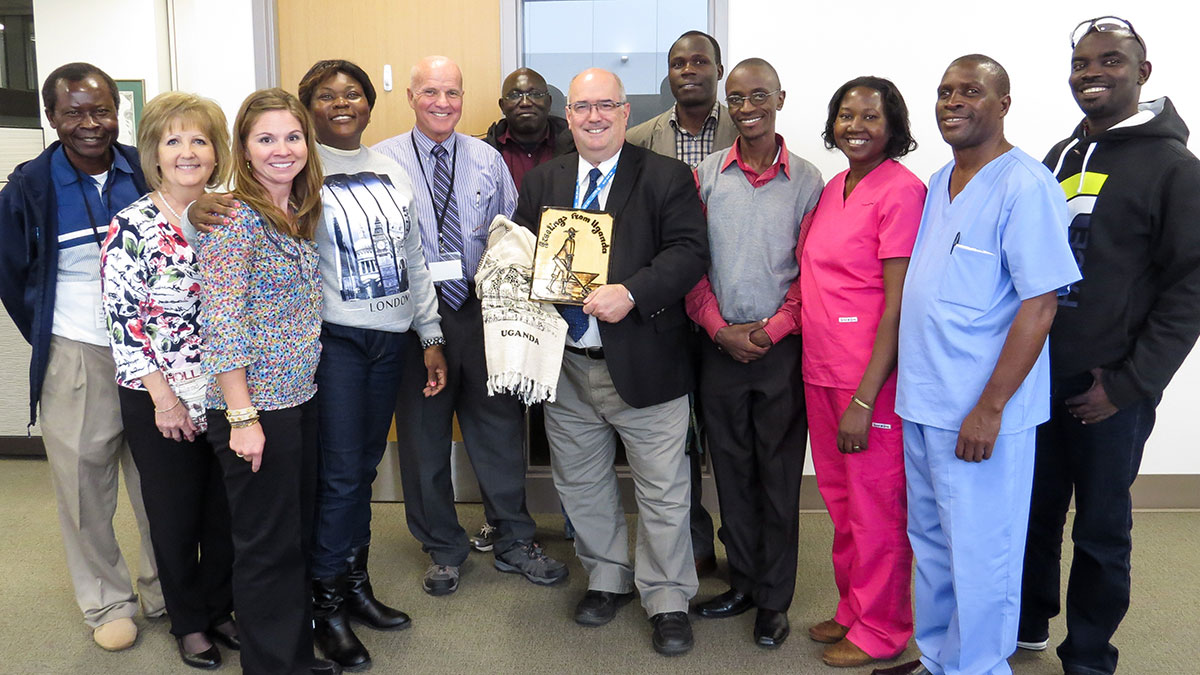
“I think it’s certainly part of our goals as a school to be more socially responsible and globally minded towards those issues, and something we want our students to be focused on,” Patterson said. “It’s part of the global look at dental disease and how we can help in treatment that we like to take as a school.”

